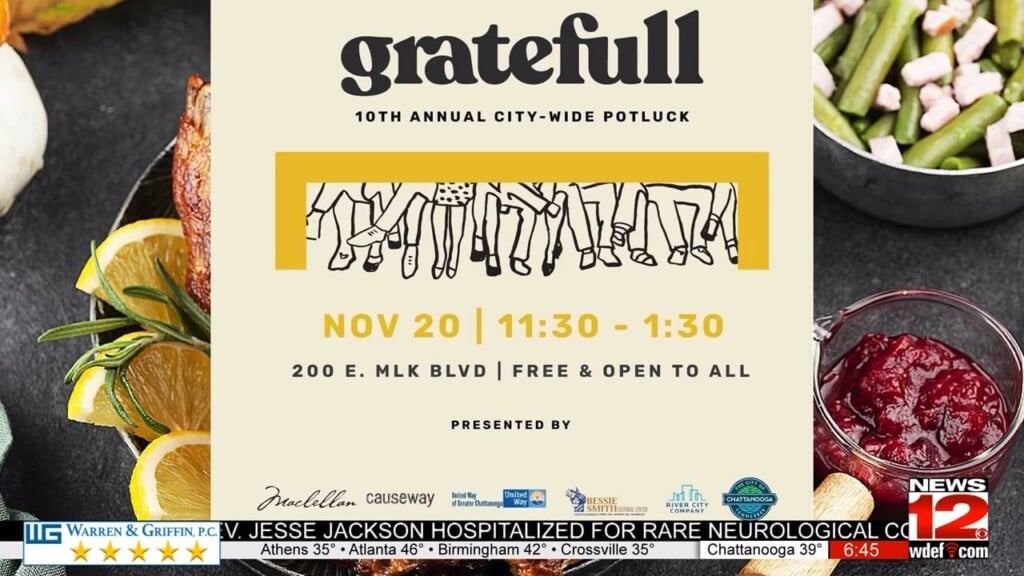America’s middle class: Losing ground to the rich and the poor
America’s middle class might be its backbone, but it’s an increasingly spindly one.
About 52 percent of Americans fall into the middle class, down from 61 percent in 1971, according to research from the Pew Research Center. And financially, people who have managed to maintain their perch in the middle aren’t much better off than they were in 2000 — thank the 2008 financial crisis and ensuing recession for that.
It’s not all bad news for the middle class: The share of middle-income families relative to the overall population in the U.S. has remained steady since 2011 after losing ground in the previous years. But the research indicates that most middle-class families still aren’t see much in the way of economic gains at a time when the rich are taking home bigger paychecks.
“Financial gains for middle-income Americans during this period were modest compared with those of higher-income households, causing the income disparity between the groups to grow,” Rakesh Kochhar, senior researcher at Pew, wrote in a blog post.
Since 1971, millions of Americans have dropped out of the middle class, in some cases falling into lower-income households. But one bright spot, Kochhar noted, is the increase in the share of upper-income adults, which he called “a sign of economic progress overall.”
About one in five Americans were considered upper income in 2016, about the same as in 2011. By comparison, about one in seven was considered upper income in 1971, Pew said.
Wealthier households has median income of about $188,000 in 2016, compared with about $184,000 in 2000, or an increase of more than 2 percent. Over that 16-year span, middle-income families saw their income rise by only $386, to $78,442 — that’s less than half a percentage point.
The middle class “continues to fall further behind upper-income households financially, mirroring the long-running rise in income inequality in the U.S. overall,” Kochhar wrote.
The poorest Americans fared worst of all over that time period — between 2000 and 2016, median income for this group dropped almost 5 percent, to $25,624. And despite the ongoing economic recovery, people without a college or high school diploma still haven’t recovered from the recession, a report from The Hamilton Project finds.
“Not only have less-educated groups not recovered as fully from the recession, they started at lower levels of employment rates prior to the crisis such that at this point, amongst those aged 25 and higher, 72.5 percent of those with a bachelor’s degree work compared to just 55 percent of those with only a high school degree,” Hamilton Project fellow Lauren Bauer and director Jay Shambaugh wrote in an article about their research.
So where are America’s rich, poor and middle class clustering geographically? The biggest share of middle-class households can be found in midwestern cities like Sheboygan, Wisconsin, where 65 percent of households are middle class, the biggest share of any city, Pew found.
Rich households tend to be found in wealthy coastal cities like Boston, Washington, D.C. and the Silicon Valley area. The poorest regions are primarily in the Southwest or along the Mexican border, such as Laredo, Texas, where 49 percent of families are considered lower income, Pew said.
© 2018 CBS Interactive Inc.. All Rights Reserved.





Leave a Reply